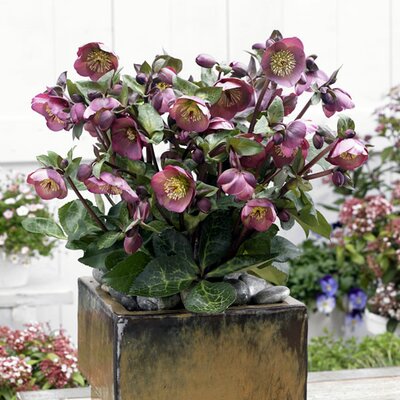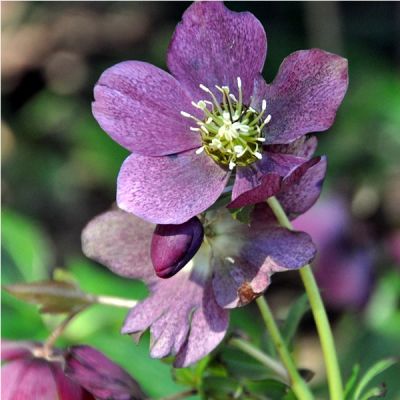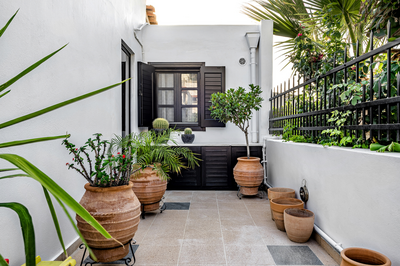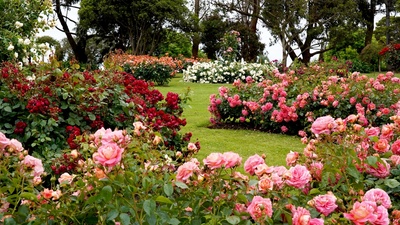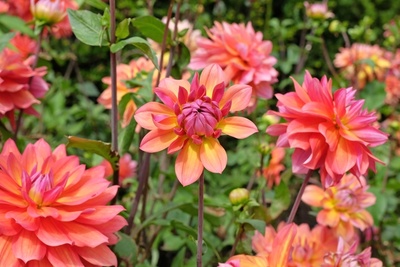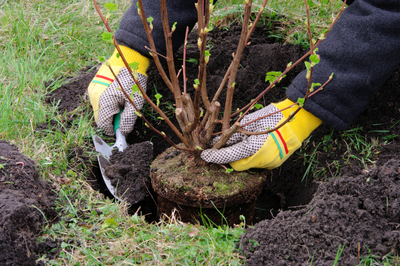Hellebores are a beautiful addition to any garden with their distinctive, often nodding flowers that put on their best display at a time of year when there is very little colour in the garden. Autumn is a great time of the year to plant them as they will require little care once in position. Usually considered a woodland edge plant, they thrive in rich moist soils that are not waterlogged and are perfect for underplanting shrubs and trees. Tolerant of full sun, they prefer a position in partial or dappled shade and often do well in full shade. Generally flowering during any period from mid winter to late spring, the single-flowered varieties are also a great source of pollen and nectar for bumblebees when there are very few alternative sources around.
Where and How to grow:
Hellebores perform best in a moist but well drained soil in partial shade, which makes them a great addition to the front of a partially shaded border or used to underplant shrubs. They also make a great addition to a container display or planed on their own in pots. When planted in a border, they look particularly well planted in large groups with low evergreen foliage that will add interest throughout the year. Some varieties even have a marbled pattern to their foliage which looks as good as the flowers they produce. Due to their flowering period which can begin in mid-winter and extend to the end of spring, they make an excellent companion to most spring bulbs – snowdrops on particular.
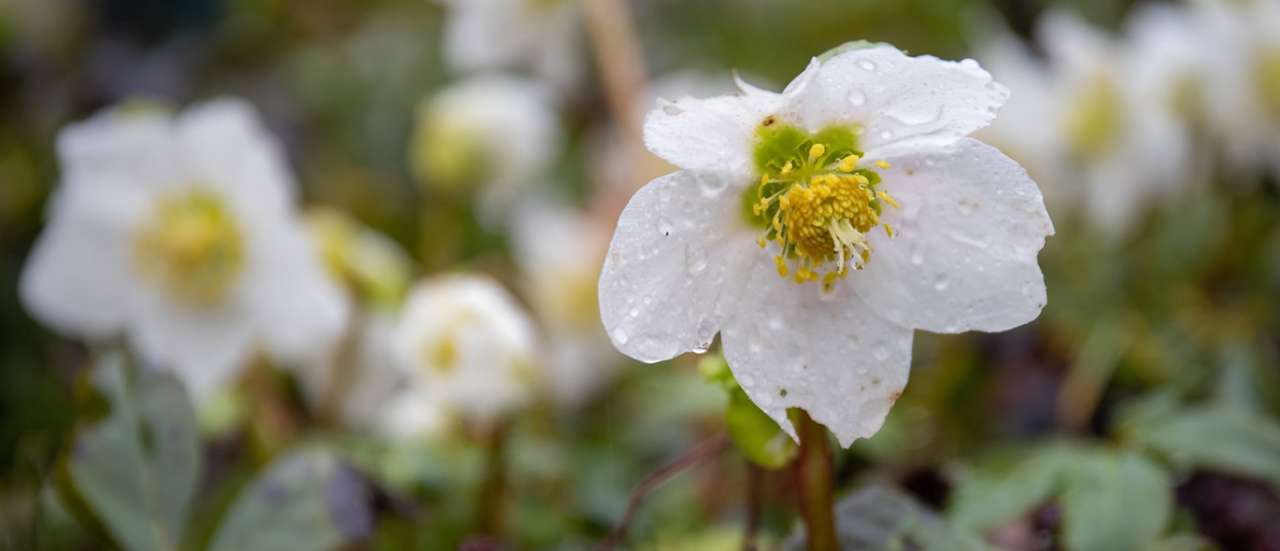
Hellebores can be planted at any time of the year as long as the ground isn't frozen but be sure of where you want them because once they are in they do not take kindly to being moved again. Our advise is to make their first position their final one.
They can be planted in the same way as most perennials:
- Dig a hole as deep as the pot they are in and twice as wide.
- Add some compost or leaf-mould to the bottom of the hole just to give the plants an additional boost of organic matter.
- Remove the plant from its pot, loosening any roots that may have become pot-bound (it's always good practice to give the pot a good watering an hour or so beforehand).
- Position the root-ball to the centre of the hole, making sure that the ground is level with the soil level in the pot – be sure not to plant it any deeper. The roots will also benefit from a dusting of mycorrhizal fungi which will help the plants establish much quicker.
- Once positioned, you can then start to backfill the hole, gently firmly the plant in give it a good watering.
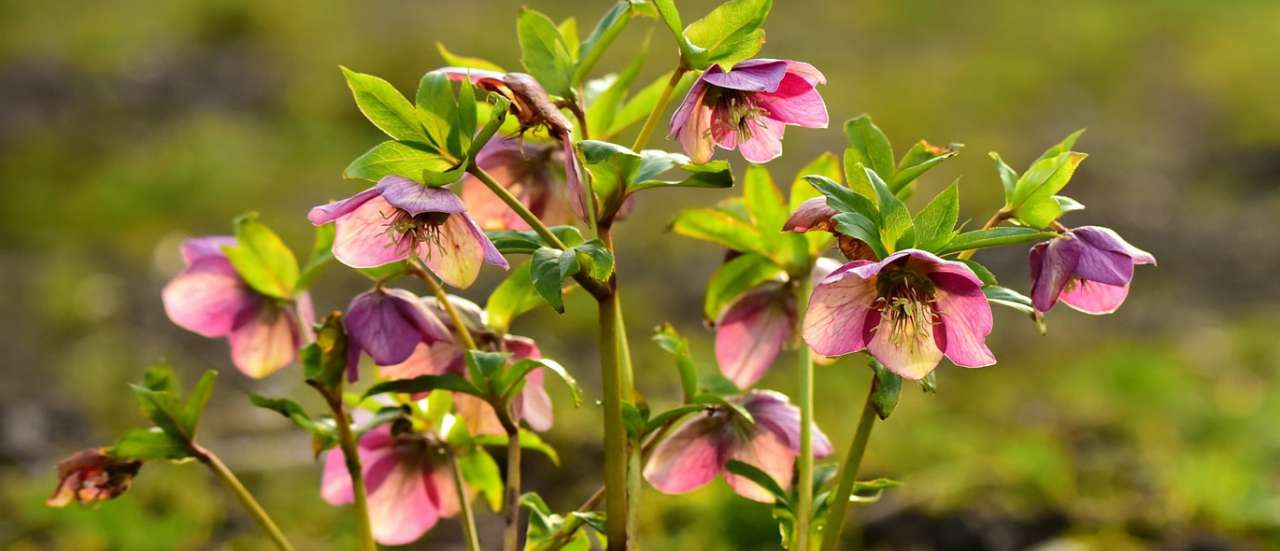
Hellebore care:
Hellebores generally require little care. If you want to make the most of their flower display it is worth cutting back older leathery leaves as the flowers and new foliage emerge but other than that, just a good mulch of compost or well-rotted manure once a year (in autumn or spring) will work wonders.
If you intend to propagate hellebores then it is best to do this from seed as they do not take well to being moved or divided.
If you are looking for a reliable, low-maintenance perennial that will offer year-round interest and even help out our bumblebee friends over winter and early spring, you really can't go wrong with a hellebore, so why not browse our selection online or visit one of our stores today!

